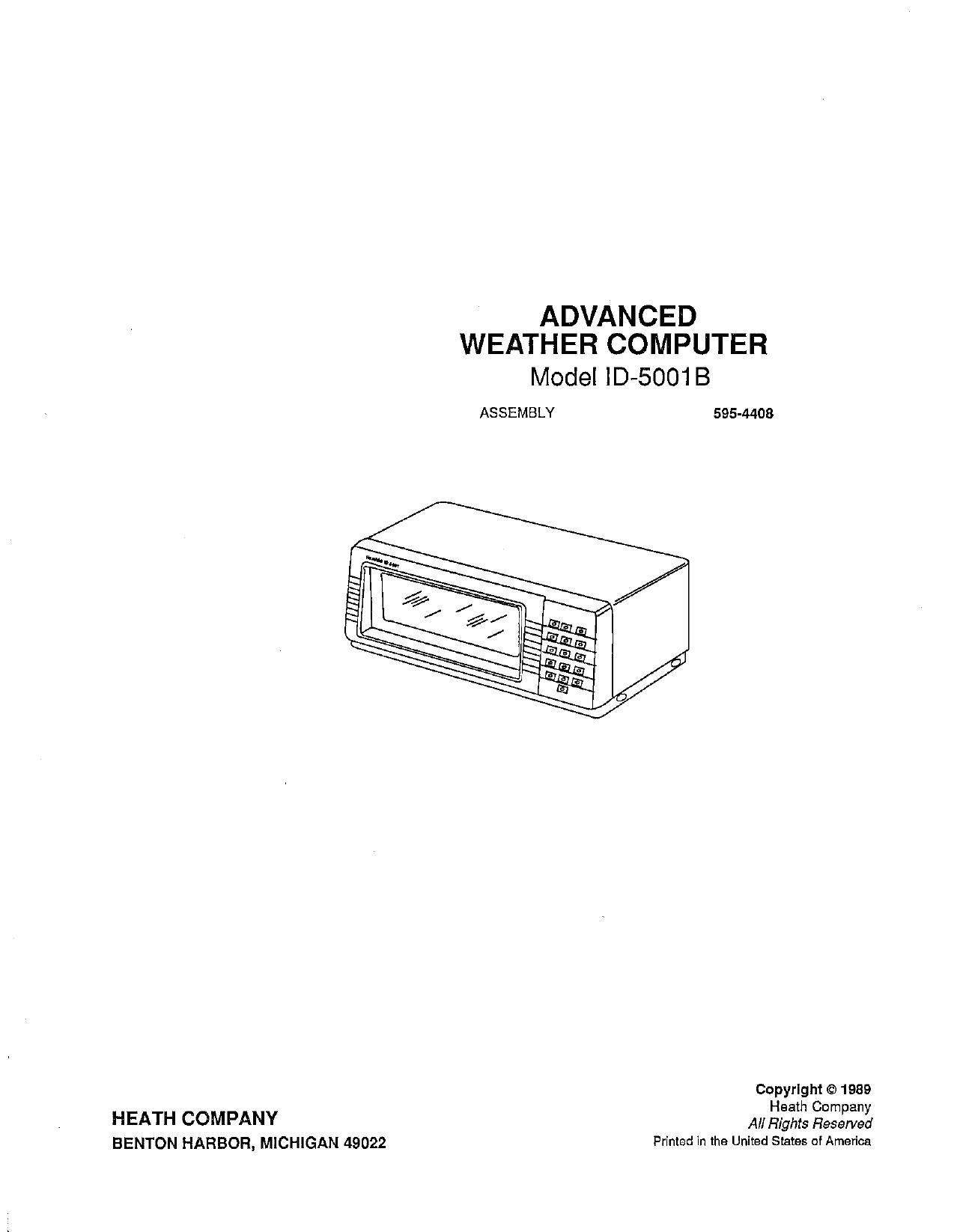Heathkit ID 5001 B Manual
This is the 70 pages manual for Heathkit ID 5001 B Manual.
Read or download the pdf for free. If you want to contribute, please upload pdfs to audioservicemanuals.wetransfer.com.
Page: 1 / 70
